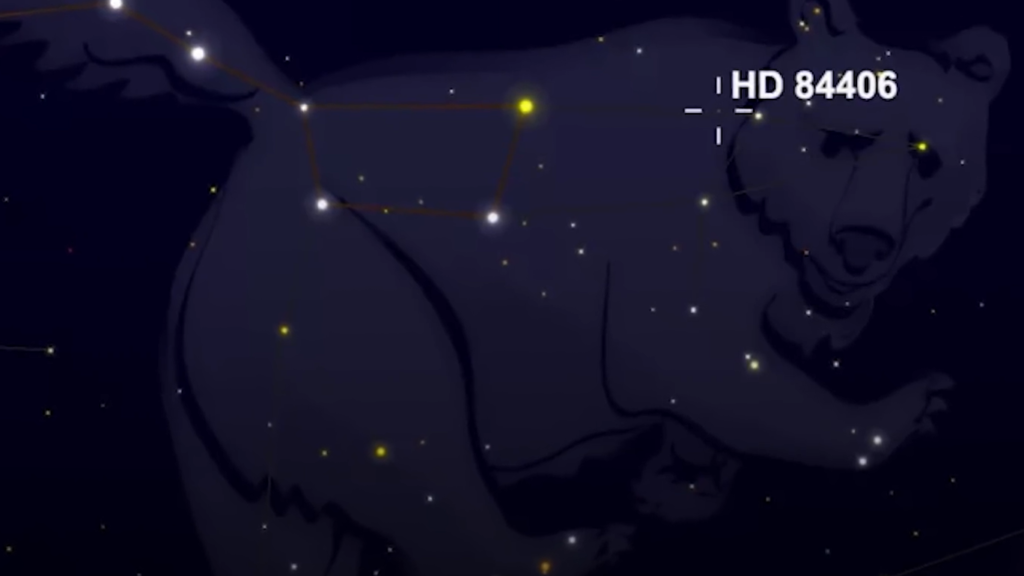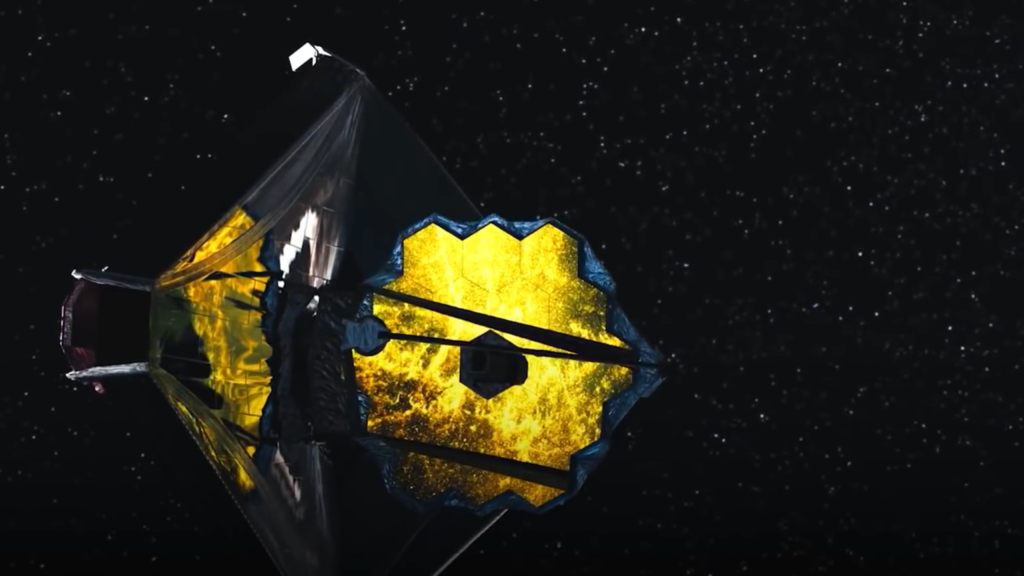The James Webb telescope’s camera is on to look at its first image. It is a star named HD 84406 located in the constellation Ursa Major, the Great Bear. It is a sun-like star situated about 260 light-years away. The first image of the cosmos will be taken by James Webb telescope’s most expensive camera NIRCam.
NIRCam – Near-Infrared Camera has to fast cool down to a temperature nearly – 237 degrees centigrade. It can detect light from the earliest star and galaxies. It will give us the idea of the population of stars in nearby galaxies and young stars in The Milky Way. But currently, Webb will mainly focus on HD 84406 star.
Our optics experts will move the mirror segment of James Webb telescopes in the nanometre scale steps to create a perfectly smooth surface. We can expect the first image released by the James Webb telescope in June or July. The telescope’s success depends on NIRCam. The other 3 instruments are – MIRI, NIRSPec, FGS/NIRiss.

The mid-infrared instrument (MIRI) helps to examine long infrared radiation. Having a wavelength between 5 to 28 microns. But We have to achieve a very low temperature to capture the image properly. To achieve nearly absolute zero temperature James Webb telescope has a special cooling system so that it can work properly. It will take weeks for the instruments to reach their operating temperature.

Our earliest stars and galaxies have formed about a hundred million years after the big bang. And because of the expansion of the universe, the light from those galaxies has redshifted and this is only visible in the infrared wavelength. Since infrared radiation is nothing but the heat signature of an object, it will be only noticeable if the telescope itself does not radiate any type of heat radiation. James Webb telescope will mainly inform us about the chemical composition of those distant objects. Thank You for reading.
Related Topic: What is L2 point? James Webb telescope is now about 1.5 million km away from us.